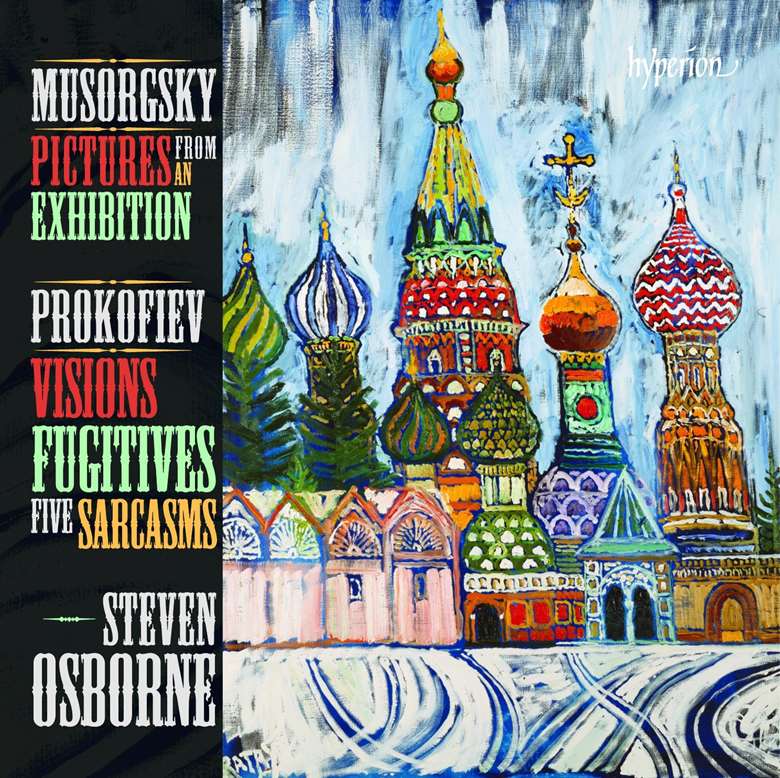An introduction to Mussorgsky's 'Pictures from an Exhibition' and Prokofiev's 'Visions fugitives' and 'Sarcasms', by David Fanning
James McCarthy
Monday, August 19, 2013

Register now to continue reading
Thanks for exploring the Gramophone website. Sign up for a free account today to enjoy the following benefits:
- Free access to 3 subscriber-only articles per month
- Unlimited access to our news, podcasts and awards pages
- Free weekly email newsletter








